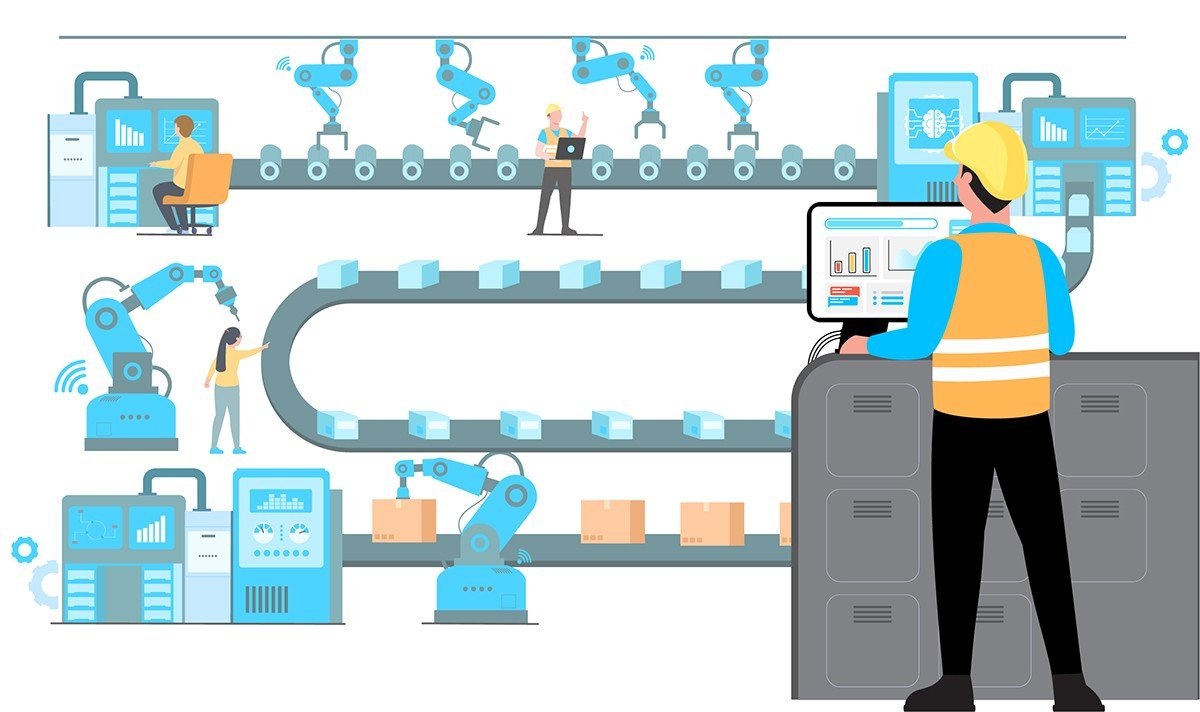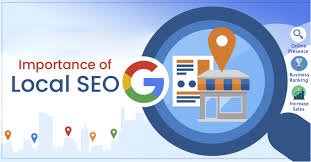As small and medium-sized enterprises (SMEs) grow, managing their increasingly complex operations becomes challenging. This is where Enterprise Resource Planning (ERP) systems come into play, providing a unified platform to streamline and manage key business processes. ERP systems are essential for businesses of all sizes, but for SMEs, a scalable ERP system offers significant advantages. It allows them to grow efficiently, manage resources effectively, and maintain smooth operations as they scale.
Understanding Scalability in ERP Systems
Scalability is a critical feature of any ERP system, especially for SMEs that are poised for growth. A scalable ERP system is designed to grow alongside the business, adapting to increased operational demands, more users, and expanding data. For a growing SME, this flexibility is invaluable, allowing them to start with the core modules they need and add more functionalities as the business evolves.
For example, as a company expands its operations into new regions or product lines, a scalable ERP system can easily accommodate new users, track more data, and manage additional workflows without needing to overhaul the entire system. This adaptability ensures that businesses can continue to operate smoothly even as they experience growth spurts or enter new markets.
Benefits of ERP for SMEs
A scalable ERP system offers numerous benefits for SMEs, particularly in terms of cost efficiency, operational streamlining, and data management. Let’s break these down:
1. Cost Efficiency
One of the most attractive features of a scalable ERP system is its cost-efficiency. Traditionally, ERP systems were seen as expensive, requiring significant upfront investments in infrastructure and licensing. However, modern ERP solutions, particularly cloud-based ones like Priority Software, offer more affordable entry points for SMEs. Cloud-based ERP systems require less hardware, reducing the need for on-site infrastructure and IT support.
Additionally, scalable ERPs help businesses centralise their operations, which reduces duplication of tasks and eliminates the inefficiencies of using multiple standalone systems. This consolidation can lead to significant savings in terms of time and operational costs.
2. Streamlined Operations
A major benefit of ERP systems is the integration of different business processes into one unified platform. With an ERP, departments such as finance, human resources, and inventory management can communicate and share information seamlessly. This not only improves internal communication but also reduces errors caused by miscommunication or siloed data.
Automation is another key aspect of streamlined operations. ERP systems automate routine tasks, from payroll processing to inventory tracking, freeing up employees’ time to focus on more strategic activities. This increased efficiency allows SMEs to scale without overwhelming their workforce with manual tasks.
3. Enhanced Data Management
Data is crucial for making informed business decisions. An ERP system centralises all of a company’s data, providing real-time insights that can help managers make more accurate decisions. For SMEs, this is particularly valuable because it enables them to react quickly to changes in the market or customer behaviour.
A system like Priority Software ERP provides detailed reporting and analytics tools, allowing SMEs to access a wealth of information about their operations. From tracking sales trends to monitoring inventory levels, enhanced data management helps businesses stay ahead of their competition.
Flexibility for Future Growth
One of the most important reasons SMEs should invest in scalable ERP systems is the flexibility they offer for future growth. As the business expands, so too will its needs. A scalable ERP system allows companies to easily add new modules, such as Customer Relationship Management (CRM) or advanced analytics, without disrupting their current operations.
Customisable modules are key to this flexibility. SMEs can start with basic functionalities like accounting or inventory management and, as they grow, integrate more complex features to support new business areas, such as e-commerce or international operations. This modular approach ensures that the ERP system remains aligned with the business’s evolving needs, supporting long-term growth.
Key Features SMEs Should Look for in an ERP System
When selecting a scalable ERP system, SMEs should focus on certain essential features that can support their growth. These include:
- Finance and Accounting: Core modules for managing financial transactions, budgeting, and reporting.
- CRM: Tools for managing customer interactions and improving sales processes.
- Inventory Management: Real-time stock tracking and demand forecasting.
- Reporting and Analytics: Detailed reporting tools to provide insights into business performance.
The system should also be user-friendly, flexible, and cost-effective, ensuring that SMEs can implement it with minimal disruption and maximum impact.
Real-World Examples of SME Growth with ERP
Many SMEs have successfully scaled their operations with the help of ERP systems. For instance, businesses that have implemented systems have reported significant improvements in operational efficiency, cost reductions, and increased agility in responding to market demands.
Case studies often show how SMEs using ERP systems have been able to streamline their operations, improve customer satisfaction, and achieve growth targets without the need for major investments in infrastructure or staff.
Investing in a scalable ERP system is essential for SMEs that want to grow efficiently and sustainably. By offering cost efficiency, streamlined operations, enhanced data management, and flexibility for future growth, a scalable ERP system can be a game-changer for small and medium-sized businesses. As SMEs look to expand, having the right ERP in place ensures they can do so without sacrificing the efficiency and control needed to maintain smooth operations.







